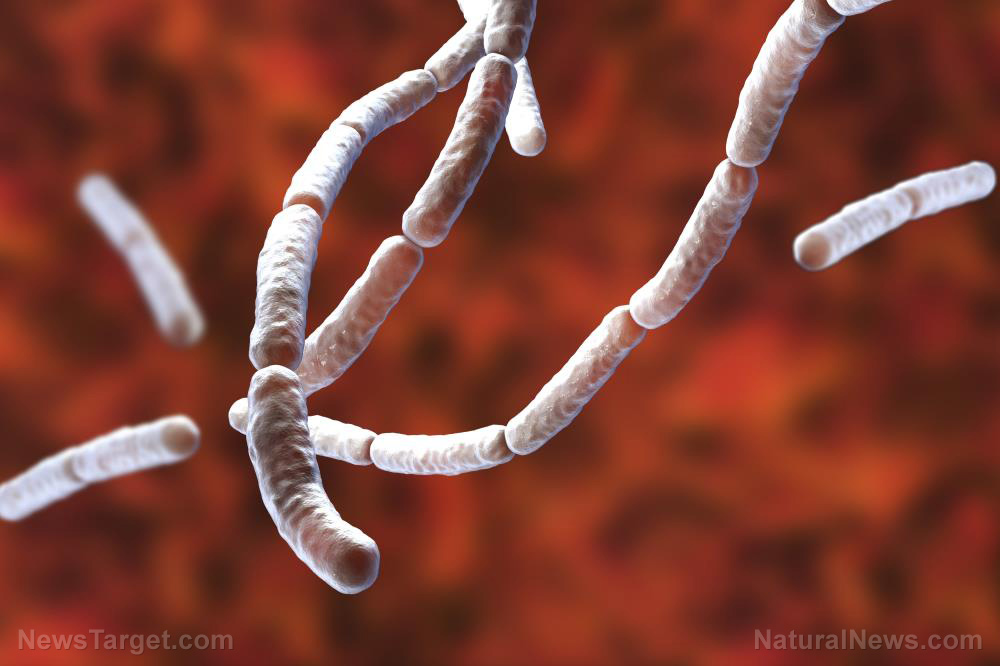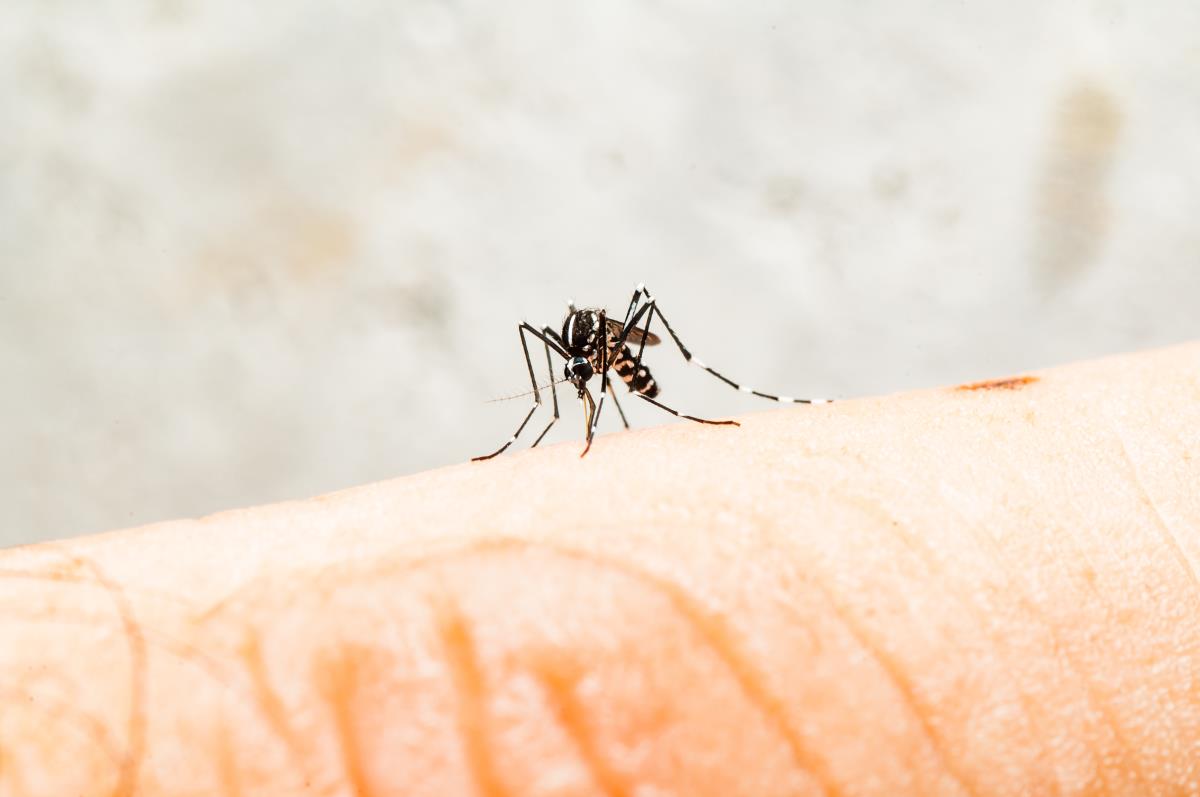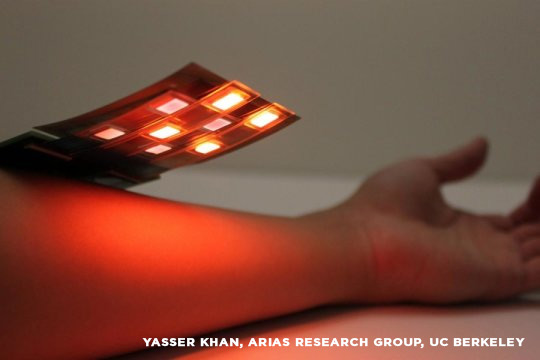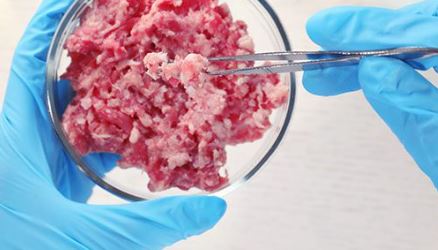
In light of the dwindling supply of fossil fuels and the increasing demand for energy, researchers are exploring potential sources of sustainable energy. Among their candidates are microorganisms collectively known as bacteria.
The metabolic activities of bacterial cells produce a small amount of electricity. Researchers have spent the last few years trying to harvest electrical current from these organisms to power electronics.
So far, efficiency remains the biggest challenge when it comes to tapping electricity-producing bacteria as a renewable source of clean energy. Existing systems use an electrode to gather the electrons released by the microbes as they turn food into energy.
However, the transfer process suffers from severe inefficiency. As a result, a bacteria-based energy source delivers much less energy than it is capable of producing. (Related: Cocklebur shows promise as an alternative biodiesel source.)
New redox polymer penetrates bacterial cell walls to harvest electrons more efficiently
Researchers from Sweden, Denmark, and the U.S. worked together to conduct this study. Their goal was to improve the transfer of electrons from bacterial cells to external sources.
“We pick up electrons from the bacterium and transfer them to an electrode,” explained Lo Gorton, one of the authors and a professor at Lund University in Sweden. “This enables us to obtain an electrical current from the bacteria in real time, while they are eating, as it were.”
Through a process called “extracellular electron transfer,” bacteria emit currents outside their cell walls. The current comes from the electric charge of electrons moving inside the bacteria.
An efficient energy-harvesting system is needed to get the electrons out of the bacteria. It requires a molecule capable of passing through the bacterial cell wall, capturing electrons, and going out the same way.
To solve that problem, the researchers developed a redox polymer. This polymer can mimic natural bacterial charge carriers, allowing it to enter bacterial cells and acquire electrons through the reduction process.
The researchers tested their new electron-gathering redox polymer on Enterococcus faecalis, a common bacteria found in the gut of both animals and humans.
Bacteria use their electric current to communicate with each other and interact with molecules
The study gave surprising insight into the production of bacterial electrical energy. It also revealed more information on how bacteria interact with their environment.
The researchers theorized that the extracellular electron transfer also serves as a means of communication between E. faecalis cells. The electric current allows bacteria to interact with molecules in their environment, such as the artificial redox polymer that harvests electrons.
“Electron transfer could be of great significance for how the bacteria communicate with various molecules and with each other in our digestive system, but also for how nature functions in a broader perspective,” said Gorton. “It is thought today that many geological processes are bacteria-driven.”
A deeper understanding of bacterial functions and communications will be invaluable in getting more benefits and uses out of the microbes. In particular, the energy industry is exploring the potential of bacteria to generate fuel and electricity.
Some bacteria can break down plant matter for biofuel production. By increasing the efficiency of microbial biofuel cells, more fuel can be produced at substantially lower costs.
Meanwhile, photosynthetic bacteria convert light into energy for breaking down food. When electrodes are attached to them, these microorganisms generate usable electricity.
Other potential uses for bacteria include purifying wastewater, synthesizing molecules, and converting carbon dioxide into a beneficial form.
Sources include:
Please contact us for more information.























